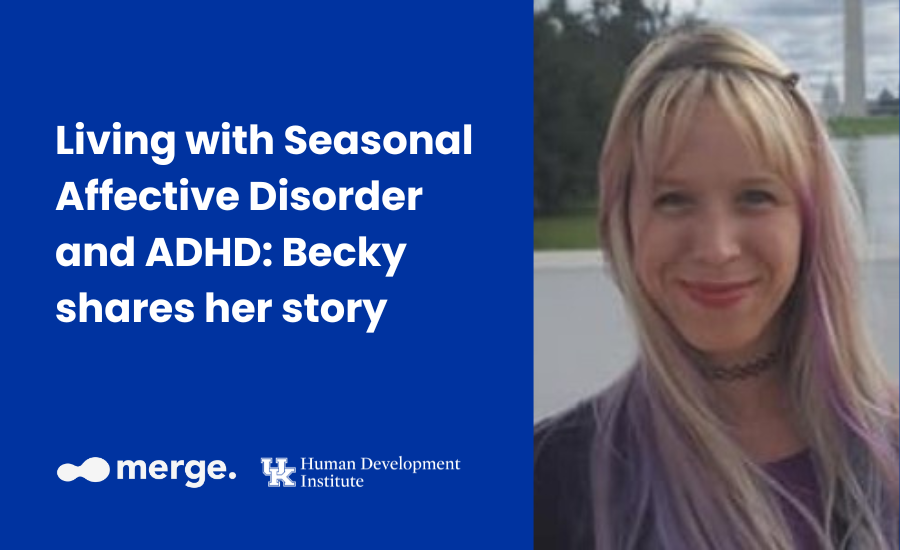Becky Barnes always gets anxious as the cool weather starts setting in because she knows it can be an especially difficult time of year for her. Barnes is one of many people with Seasonal Affective Disorder, a type of depression where seasonal changes in weather have a drastic effect on mood and energy.
According to the National Institute of Mental Health, it’s difficult to estimate how many Americans experience Seasonal Affective Disorder (SAD). While Barnes experiences the more common winter-pattern SAD, which occurs as the weather cools during fall and winter, some also experience summer-pattern SAD, where warmer, brighter months like spring and summer have a similar effect.
“Basically, it’s a heaviness that comes with the cold, gloomy weather,” Barnes said. “I tend to stay in more often and socially isolate because of the way it makes me feel.” This can lead to a vicious cycle that worsens Barnes’ symptoms while also making it more difficult to address them. The effect the winter season has on her can be all-encompassing.
“Much like depression, you can’t really say, ‘Oh, you just need to make yourself, get up off the couch. You just need to make yourself do it,’” she said. “It does affect so many aspects of your life, including being near people and self-care.”
Barnes also has ADHD, which often co-occurs with SAD. “Because I already have an executive functioning disorder with ADHD, it’s very hard to get up and make myself do tasks,” she said. “If I have two tasks I don’t want to do, I find one I don’t want to do more than the other, which makes me do the other task.”
Part of the reason Barnes suspects she struggles so much is the lack of light during the colder months, specifically noting that winter felt more manageable for her when she lived in Florida. Since moving to Kentucky, Becky has found a few ways to address these struggles, even in the colder environment she now lives in.
“Making myself take walks in the cold, even in the wintertime—I feel like that helps. It does take a lot to get me to do it, because when I’m depressed, I want to lay on the couch and not do anything,” she said. Often, she recruits her adult son to go with her when she takes those walks, and her doctor has given her other ways to ease the symptoms.
“I did get the go-ahead for my doctor to do small bits in the tanning bed,” Barnes said. “It’s a special type of tanning bed that doesn’t necessarily get you tan…but it has a certain type of waves that are supposed to help with vitamin D.”
It’s not a perfect substitute for actual sunlight, but it helps. According to NPR, light therapy is considered an effective treatment for SAD, to the point where the use of a light box may be as effective as antidepressant medications in addressing symptoms. Of course, nothing treats the symptoms quite like better weather—and just like Barnes can feel the anxiety creeping in when autumn rolls around, when signs of spring creep up, it gives her a feeling of relief.
She said, “When the daffodils start to come up in early spring, it kind of gives me hope that it’s almost over.”

